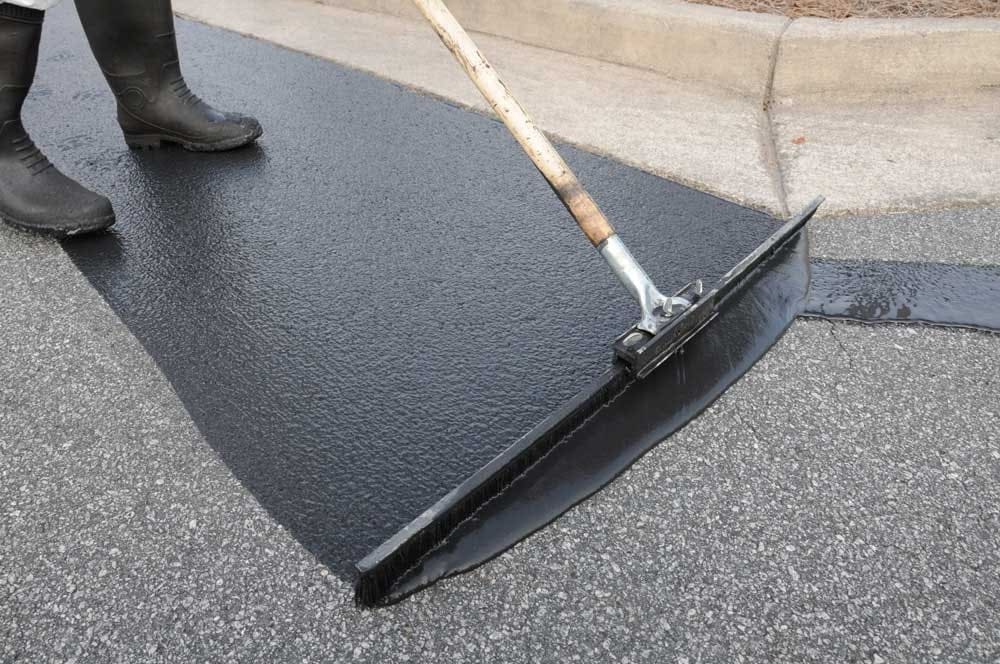7 Key Mechanics Behind Understanding Pile Foundations And The Mechanics Of Mini Piling
SEO Meta Description:
Dive deep into the intricacies of Understanding Pile Foundations And The Mechanics Of Mini Piling. Unravel the essential elements, mechanics, and future trends shaping modern construction.
Introduction to Pile Foundations
What are Pile Foundations?
Pile foundations serve as critical structural elements in construction projects, providing essential support and stability. Essentially, piles are long structural elements driven into the ground to transfer building loads to deeper, more competent soil or rock strata.
Importance of Pile Foundations in Construction
Understanding Pile Foundations And The Mechanics Of Mini Piling is paramount for ensuring the durability and safety of structures. Pile foundations distribute structural loads effectively, reducing settlement and ensuring stability, especially in challenging soil conditions.
Understanding Pile Foundations And The Mechanics Of Mini Piling
The Basics of Pile Foundations
At its core, a pile foundation acts as a structural anchor, ensuring that buildings and structures remain stable. These foundations vary based on design, material, and installation method, each tailored to specific site conditions.
Role of Mini Piling in Foundation Systems
Mini piling offers a versatile solution for constrained sites or where traditional piling methods may not be feasible. It involves the installation of smaller diameter piles, providing comparable load-bearing capacity while minimizing disruptions.
Types of Pile Foundations
Driven Piles: An Overview
Driven piles, commonly made of concrete or steel, penetrate the ground using impact or vibratory hammers. These piles rely on friction or end-bearing capacity to support loads, making them suitable for various soil conditions.
Bored Piles: Understanding the Difference
Bored piles, on the other hand, are constructed by drilling into the ground and subsequently filling the borehole with concrete and reinforcement. This method offers greater flexibility in terms of diameter and depth, making it ideal for specific construction requirements.
Mechanics Behind Pile Foundations
Load Transfer Mechanisms
Understanding the load transfer mechanisms is crucial in pile foundation design. Piles can transfer loads through skin friction along the pile shaft or through end-bearing where the pile rests on a hard layer of soil or rock.
Soil Interaction and Bearing Capacity
The interaction between the pile and surrounding soil influences its bearing capacity. Engineers assess soil properties, including cohesion, angle of internal friction, and compressibility, to optimize pile design and performance.
The Science of Mini Piling
Mini Piling vs. Traditional Piling Methods
Mini piling offers distinct advantages, including reduced site footprint, faster installation, and cost-effectiveness. Unlike traditional methods, mini piling requires specialized equipment and expertise, ensuring optimal performance in confined spaces.
Benefits and Limitations of Mini Piling
While mini piling offers numerous benefits, such as versatility and efficiency, it’s essential to consider its limitations, including potential depth restrictions and load-bearing limitations. Proper planning and design mitigate these challenges, ensuring reliable foundation solutions.
Design Considerations
Factors Influencing Pile Design
Various factors, including soil conditions, structural loads, environmental factors, and budget constraints, influence pile design. Engineers leverage advanced technologies, such as geotechnical investigations and computer-aided design tools, to optimize design parameters.
Innovations in Pile Design Technology
Advancements in materials science and construction technology continue to drive innovations in pile design. From reinforced concrete piles to composite materials, engineers have access to a diverse range of materials and techniques, enhancing durability and performance.
Installation Techniques
Methods of Installing Piles
Pile installation techniques vary based on site conditions and project requirements. Common methods include driven piling, auger boring, and hydraulic pressing, each offering unique advantages and challenges.
Safety Measures During Installation
Safety remains paramount during pile installation. Engineers and construction crews adhere to strict safety protocols, including equipment inspections, soil testing, and hazard assessments, ensuring a secure and efficient installation process.
Maintenance and Inspection
Regular Inspection Protocols
Routine inspection and maintenance are critical in ensuring the longevity and performance of pile foundations. Engineers conduct thorough inspections, assessing structural integrity, soil conditions, and potential risks, implementing timely repairs and modifications as needed.
Common Maintenance Issues and Solutions
Understanding common maintenance issues, such as corrosion, soil movement, and structural degradation, enables proactive solutions. Engineers employ innovative repair techniques, including grouting, reinforcement, and retrofitting, ensuring optimal foundation performance.
Case Studies: Real-world Applications
Mini Piling in Urban Construction Projects
Mini piling has revolutionized urban construction, enabling developers to navigate complex site conditions and spatial constraints effectively. Case studies highlight successful implementations, demonstrating the versatility and efficiency of mini piling techniques.
Successful Pile Foundation Implementations
Across various industries, successful pile foundation implementations showcase the importance of understanding soil mechanics, structural loads, and environmental factors. These case studies provide valuable insights, informing future design and construction practices.
Challenges and Solutions
Addressing Common Pile Foundation Challenges
Despite advancements in pile foundation technology, engineers face numerous challenges, including soil variability, environmental constraints, and budget limitations. solutions, such as adaptive design strategies and advanced materials, mitigate these challenges, ensuring project success.
Innovative Solutions in Pile Engineering
Innovative solutions, such as smart monitoring systems, advanced materials, and automated construction techniques, continue to reshape the landscape of pile engineering. Engineers leverage these technologies, enhancing efficiency, sustainability, and performance across various applications.
Future Trends in Pile Foundations
Advancements in Pile Technology
The future of pile foundations lies in advancements in technology, materials science, and construction methodologies. From self-healing materials to AI-driven design tools, engineers are exploring innovative solutions, enhancing reliability, and sustainability.
Sustainability and Environmental Considerations
As sustainability becomes increasingly important, engineers focus on developing eco-friendly pile foundation solutions. From recycled materials to energy-efficient designs, sustainable practices drive innovation, ensuring minimal environmental impact.
Conclusion: The Way Forward
Understanding Pile Foundations And The Mechanics Of Mini Piling is essential for navigating the complexities of modern construction projects. By embracing innovation, leveraging advanced technologies, and prioritizing sustainability, engineers and developers can ensure durable, efficient, and environmentally responsible foundation solutions.














